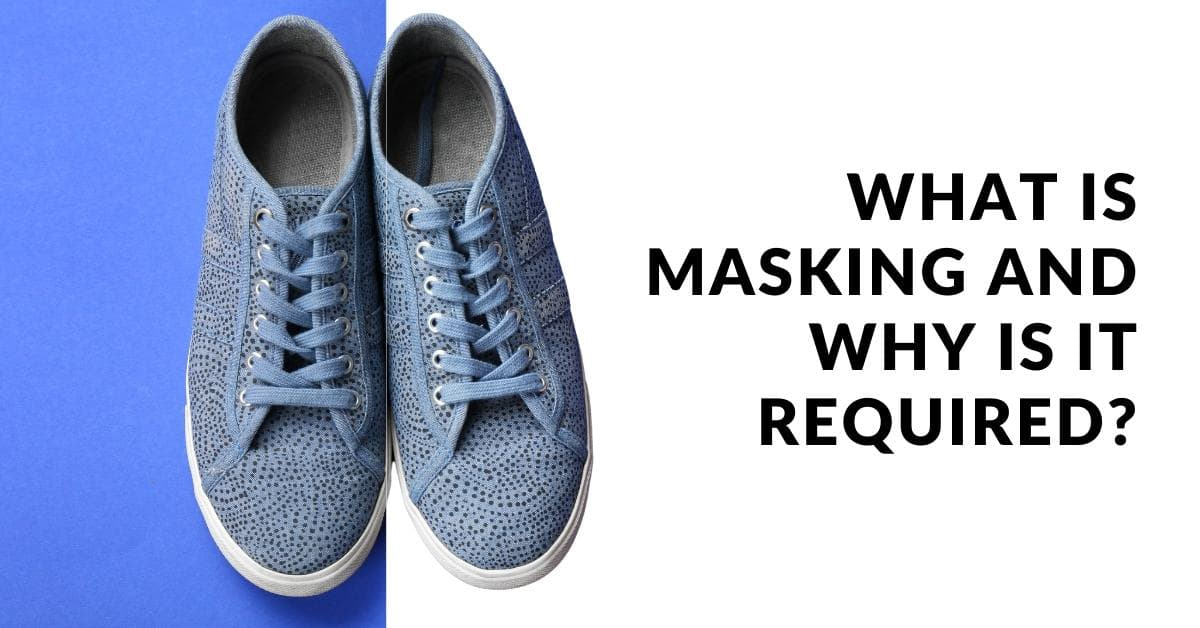In the world of digital media and graphic design, the term “masking” is frequently thrown around, often leaving beginners and even some seasoned professionals a bit bewildered. So, what exactly is masking, and why is it required? In this comprehensive guide, we’ll delve into the world of image masking, unraveling its significance and applications, and answering some frequently asked questions to help you gain a clear understanding.
What Is Masking?
Masking is a versatile technique employed in various creative fields such as graphic design, photography, video editing, and web design. Essentially, it involves concealing or revealing specific portions of an image or graphic, allowing for intricate control over what is visible and what remains hidden.
Why Is Masking Required?
Masking is indispensable for a multitude of reasons, each tailored to specific creative needs. Here are some key reasons why masking is essential:
- Selective Editing: Masking enables selective editing, allowing you to apply adjustments, filters, or effects to specific parts of an image without affecting the entire composition. This is crucial when you want to make localized changes without altering the entire image.
- Complex Compositions: When working on complex graphic designs or image compositions, masking is essential to blend elements seamlessly. This is especially useful when combining multiple images or layers.
- Transparency: Masking helps create transparency, which is fundamental for images that need to be displayed against different backgrounds. It allows you to remove unwanted backgrounds or isolate objects with precision.
- Non-Destructive Editing: Masking is non-destructive, meaning you can always reverse or refine your edits without losing any original image data. This is crucial for maintaining the integrity of your work.
- Creative Effects: Creative professionals use masking to craft unique and artistic effects, like double exposures, image overlays, and gradient fades, among others.
Applications of Masking
Now that we understand why masking is required, let’s explore its diverse applications:
- Photo Editing: In image editing software like Adobe Photoshop, masking is used to fine-tune portraits, isolate subjects, and enhance specific areas while leaving others untouched.
- Web Design: Web developers use masking to create dynamic web layouts, hide or reveal content elements, and craft interactive user interfaces.
- Video Editing: In video production, masking helps create visual effects, seamlessly merge scenes, or isolate moving objects within a frame.
- Graphic Design: Graphic designers use masking for logos, advertisements, and promotional materials to achieve precise, eye-catching designs.
- Photography: Photographers often use masks to adjust exposure levels, remove unwanted elements, or apply filters selectively.
- Animation: In animation, masking is a powerful tool for creating smooth transitions and special effects.
FAQs
1. Is masking the same as cropping an image?
No, masking and cropping are different processes. Cropping involves trimming the image to remove unwanted areas, while masking conceals or reveals specific parts of an image, leaving the original intact. Masking offers more control and precision.
2. What’s the difference between a mask and a layer?
A mask is typically applied to a layer in software like Photoshop, serving as a stencil that defines the visibility of the layer’s contents. A layer, on the other hand, holds the actual image or graphic elements.
3. Can beginners use masking effectively?
Yes, beginners can certainly use masking techniques, but it may require some practice and patience. Many graphic design and photo editing software tools provide user-friendly masking options and tutorials to help novices get started.
4. Are there any limitations to masking?
Masking is a powerful tool, but it may not work well in all situations. For example, it can be challenging to mask fine details in highly complex images. Additionally, the quality of the mask often depends on the precision and technique used.
5. Are there alternatives to masking?
Yes, there are alternative techniques like cropping, blending, and erasing. However, masking offers unparalleled precision and control over the editing process, making it a valuable tool for professionals.
Conclusion
In the realm of digital creativity, masking stands as a fundamental technique that empowers professionals and enthusiasts alike to achieve remarkable results. Understanding what masking is and why it’s required is key to unlocking its potential. Whether you’re an aspiring graphic designer, a seasoned photographer, or a web developer, masking is a valuable skill to have in your creative toolbox. It allows you to elevate your projects, making them more dynamic, visually appealing, and polished. With the right knowledge and practice, you’ll find that masking is an essential element in your journey towards creating stunning visuals.
This page was last edited on 27 December 2023, at 3:00 pm
